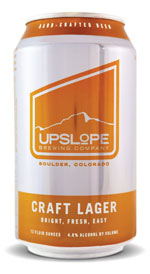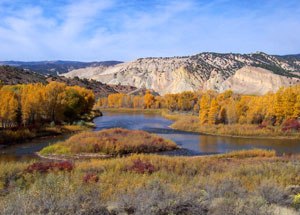From its launch in June 2011, the Craft Lager by Upslope Brewing Company has been a hit. Among American-style craft lagers, it quickly gained popularity for its distinct and refreshing flavor. In fact, demand outpaced supply and gave the Boulder-based brewery the business case it needed to more than double its capacity by the end of the year.
 At least part of the Craft Lager's success can be attributed to the brewery's decision to collaborate with Colorado TU in the 1% For Rivers program. Under the terms of the partnership created by Colorado TU's Sinjin Eberle and Upslope's Henry Wood, one percent of Craft Lager sales are contributed to Colorado TU.
At least part of the Craft Lager's success can be attributed to the brewery's decision to collaborate with Colorado TU in the 1% For Rivers program. Under the terms of the partnership created by Colorado TU's Sinjin Eberle and Upslope's Henry Wood, one percent of Craft Lager sales are contributed to Colorado TU.
In exchange, Colorado TU leverages its 10,000 members in 23 chapters across the state by promoting Craft Lager at events such as the Statewide River Clean-Up, Rendezvous (the annual membership meeting), Surface Film, the Colorado TU Golf Classic, and more.
Increased production means Craft Lager is now available in over 300 liquor stores, bars and restaurants in Colorado - and counting. "Craft Lager could very much be our number one selling style," boasts Wood. "No Colorado craft brewery is brewing an American-style lager quite like this beer."
"I'm thrilled with the early results," says Eberle, Colorado TU President. "This is a great example of how we can work with businesses to help conserve, protect, and restore Colorado’s rivers and watersheds."
If you are a business that would like to know more about the 1% For Rivers Program, please contact Sinjin Eberle.










